What We Do
Envision the Choptank works with conservation organizations, government agencies and local citizens to find collaborative solutions that support healthy and productive oyster reefs, and restore fishable, swimmable waters to the Choptank River.
Envision the Choptank pairs local knowledge and values with the latest science and technology to target work in places where it will be the most effective and long-lasting for improving Choptank River water quality, wildlife habitat, and community well-being.
Why We Do It
At 68 miles long, the Choptank River is the longest on the Delmarva Peninsula, flowing from Delaware into the Chesapeake Bay. Once an area of abundant wetlands, extensive oyster reefs, and thriving fisheries, the Choptank's water quality has been steadily declining since U.S. Geological Survey monitoring began in 1965. Nutrient and sediment runoff from agriculture, wastewater, and land development have led to poor water clarity and periods of low dissolved oxygen, making it difficult for underwater grasses, fish and oysters to thrive.
Populations of native oysters - a key cultural and economic driver for the Choptank region - are estimated to be less than 1% of historic levels in the Chesapeake Bay. Approximately 70% of the underwater grass beds in the river have disappeared, while more than 47,000 acres of wetlands have been lost in the upper portion of the Choptank River alone. In addition, higher than acceptable levels of bacteria have led to oyster harvest closures in several tributaries and the mainstem of the Choptank River, affecting watermen and aquaculture operations.
Despite these challenges, the Choptank remains a treasured part of the Chesapeake Bay ecosystem, with critical habitat for spawning striped bass, river herring, and blue crabs - the Chesapeake's most lucrative fishery. The Choptank is one of the most productive blue crab nurseries in the Chesapeake Bay watershed.
Due to the Choptank watershed's rich natural and cultural heritage, a variety of organizations are focusing in the region to improve water quality and conserve resources. For example, the multi-agency effort to restore native oyster reefs in Choptank River tributaries - the largest oyster restoration effort in the nation - has planted 2 billion oysters in the lower Choptank, with a range of ecosystem and community benefits to come from reef restoration. Nonprofits, government agencies, farmers, businesses, and residents are partnering to protect this investment with projects that filter rainwater runoff on farm fields, lawns and developed lands, and prevent pollution from fouling rivers and creeks where oysters, crabs and fish need clean waters to survive.

